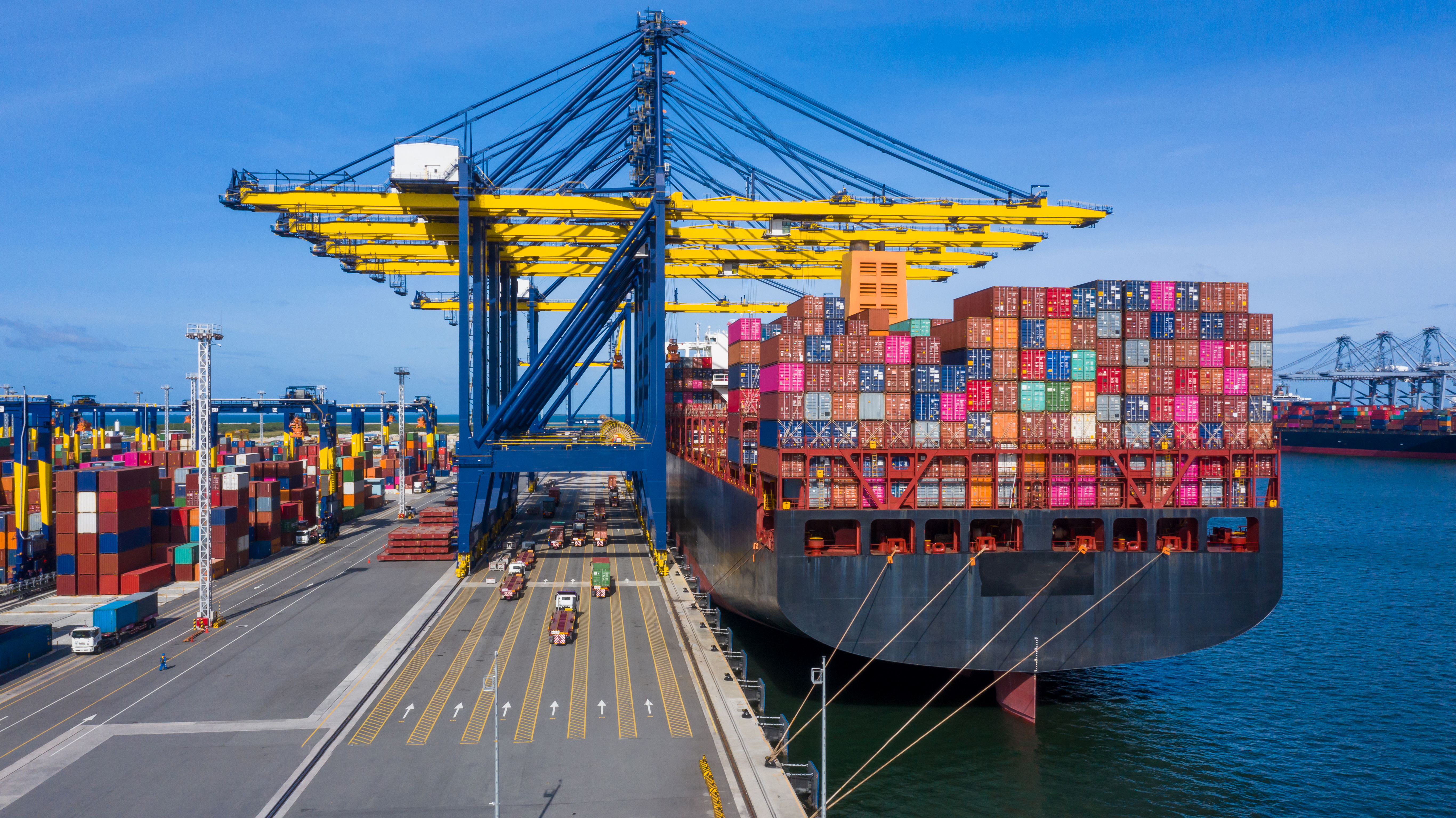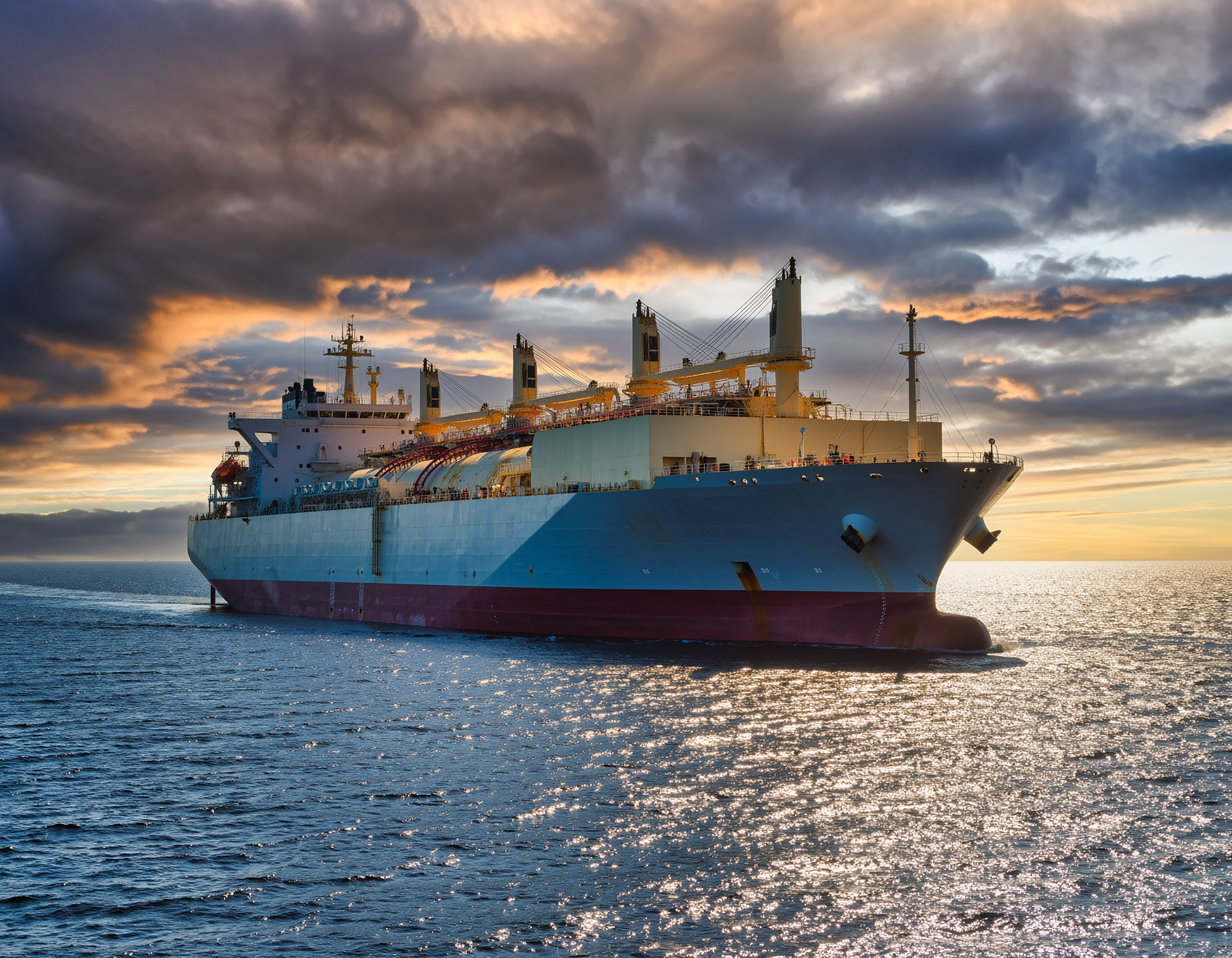With contributions and insights from Brookes Bell, see attached report.
Transporting LNG by sea comes with several technical challenges. A key issue is the presence of “LNG heavies” or long chain hydrocarbons, which can create operational problems during shipping and handling. In recent times, the UK Club has observed an uptick in cases where LNG ships have faced operational delays due to presence of LNG heavies. The attached article offers practical advice and insights drawn from Brookes Bell’s deep expertise in maritime risk, engineering, and operational troubleshooting.
LNG is mostly made up of methane, but also includes small amounts of other hydrocarbons like ethane, propane, and butane, along with traces of nitrogen. The problem arises when heavier hydrocarbons (called “C6+”) are present in higher amounts. Unlike methane, these compounds can solidify at the ultra-cold storage temperatures used for LNG (around -162°C), causing freezing and clogging in ship equipment like pipelines, pumps, or strainers.
Different production regions yield LNG with slightly different compositions and even a seemingly tiny 0.04 mol% (or 400 ppm) concentration of heavies in a 100,000-tonne cargo equals about 40 tonnes heavies in the cargo and this can cause an operational havoc.
Troubleshooting and advanced testing
When addressing operational issues such as filter clogging or increased back pressure, it is essential to inspect the internal components of the vessel's machinery to identify potential sources of moisture ingress or other forms of contamination. Once the possibility of moisture ingress is ruled out, it is advised to collect cargo and strainer residue samples for extended testing using GPA 2286—a specialized procedure that can detect even tiny concentrations of heavy hydrocarbons (less than 0.01 mol%). In the attached report, Brookes Bell highlights details regarding the sampling and suggested testing procedure.
Commercial impacts and legal safeguards
The presence of LNG heavies can lead to delays, increased costs, and legal disputes between shipowners and charterers. Damage caused to ship’s machinery and equipment can also be very costly, not only in terms of repair costs, but also the loss of time. There are a number of practical steps which can be taken to try to minimise the problems that can arise, including the introduction of bespoke clauses in contracts that clearly define the responsibilities of both shipowners and charterers. These clauses can address how to handle, treat, or offload heavy hydrocarbon to avoid operational and legal complications.
INTERTANKO, in its revised guidance from July 2025, has provided an essential update on the commercial and legal implications of long-chain hydrocarbons (C6+) in LNG cargoes. The revised report outlines how such components, even in minute concentrations, can cause far-reaching operational and financial consequences for LNG carriers and LNG-fuelled ships.
From a commercial perspective, the presence of C6+ compounds can result in significant operational delays, most notably through the clogging of filters or sub-cooling systems. These delays may affect cargo handling timelines and potentially expose shipowners to off-hire claims. Moreover, vessels may face challenges in meeting terminal requirements or voyage instructions, especially those related to cargo tank cooling, pressure regulation, or specified fuel usage. In cases where equipment failure necessitates switching from gas to oil-based fuels, contrary to charter instructions, disputes over charterparty compliance can quickly arise.
For LNG-fuelled ships, the consequences can be particularly disruptive. INTERTANKO highlights instances where debunkering becomes necessary due to clogged fuel systems caused C6+ compounds. Such operations are not only logistically challenging but may also lead to commercial losses and unexpected delays, especially when appropriate debunkering infrastructure is not readily available.
To mitigate these risks, INTERTANKO advises owners and operators to adopt a proactive stance. This includes initiating discussions with charterers around potential C6+ concerns before cargo operations begin, particularly when sourcing LNG from terminals with a known history of heavy hydrocarbon presence. Additionally, operators are encouraged to request extended cargo analysis using GPA 2286, a more sensitive testing protocol capable of detecting low concentrations of C6+ elements that might not appear on conventional quality certificates. Contractually, clearly defined composition limits for C6+ should be negotiated and documented to ensure both transparency and accountability.
On the legal front, Annex 1 of the INTERTANKO guidance provides valuable recommendations to help protect shipowners from the risks posed by LNG heavies. Foremost among these is the suggestion to define explicitly C6+ hydrocarbons as injurious cargoes within charterparty terms, an important step that allows shipowners to claim indemnity in the event of damage. Standard charter clauses, such as those found in ShellLNGTime 1 and 2, may require modification to ensure C6+ compounds are included under definitions of harmful or contaminating substances.
Moreover, INTERTANKO calls for an expanded scope of charterer indemnities, covering a wide range of consequences including vessel preparation before loading such cargo, operational disruptions during the voyage, additional dry-docking or repair costs, and the expenses associated with tank cleaning and LNG unloading if needed.
Given the potential for damage to become evident only after the voyage has concluded, INTERTANKO also stresses the importance of establishing sampling rights and documentation practices if there are reasons to believe there is a risk. Owners should insist on the ability to take representative samples, preferably before or during loading and to test them using GPA 2286. This can serve as crucial evidence in demonstrating cargo composition and supporting claims, should a dispute arise.
We thank INTERTANKO for producing a comprehensive and updated guidance on this subject
If Members have any questions in relation to the contractual issues arising out of their charterparty terms they are invited to contact the UK Defence Club for further assistance.
In the event of heavy hydrocarbon related delay or operational issues arising, the early involvement of the P&I and Defence Club is crucial to navigate successfully both legal and technical complexities and minimise the risk of disputes which may relate to them.
This article is written with contributions and insights from UK Defence Club: Maritime Legal Costs Insurance | FD&D Legal Costs Insurance




![The Solomon Trader [2025] EWCA Civ 1387: The ‘pay to be paid’ rule affirmed in the Court of Appeal](/fileadmin/uploads/ukpandi/News_Images/AdobeStock_104743067.jpeg)
